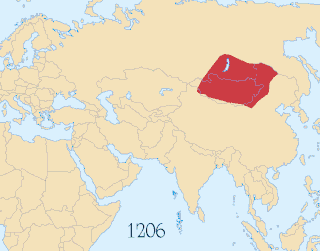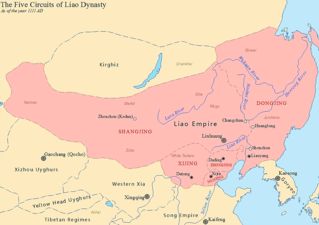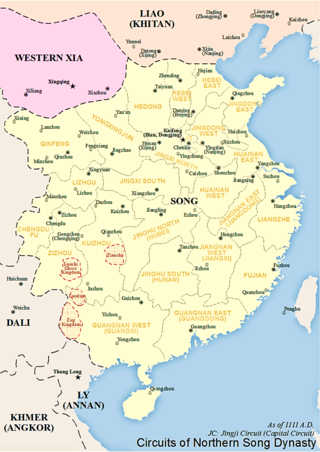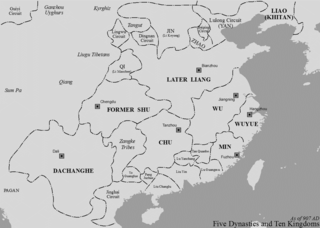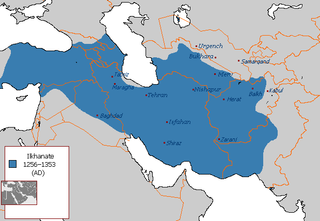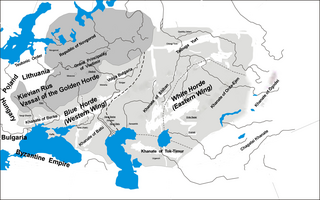| Year | Date | Event |
|---|
| 1907 | | The Qing government implemented sinification policies. |
| 1911 | 1 December | Outer Mongolia declared independence from the Qing dynasty under the Bogd Khan. |
| 29 December | The Bogdo Khanate of Mongolia was proclaimed and Bogd Khan enthroned. |
| 1912 | 3 November | The Russian Empire recognized Mongolian independence and the rule of Bogd Khan. |
| 1913 | 11 November | Mongolia and Tibet concluded treaty on mutual recognition and mutual assistance. |
| 1915 | | Russia, China and Mongolia signed a treaty at Kyakhta under which China was recognized as sovereign over an autonomous Mongolia. |
| 1919 | | Outer Mongolia was occupied by the Republic of China. |
| 1921 | | The Russian Red Army, with the support of Damdin Sükhbaatar, defeated the forces of Roman Ungern von Sternberg. |
| February | Ungern drove Chinese troops out of Niislel Khuree. |
| March | All remaining Chinese troops were defeated by Ungern and driven from Mongolia, allowing the reassertion of Mongolian independence under Bogd Khan. |
| 18 March | Communist guerrillas headed by Damdin Sükhbaatar, with the assistance of Red Army troops, defeated the Chinese garrison in the Mongolian settlement Maimachen near Kyakhta. |
| 1924 | 26 November | After the death of the Bogd Khan, the Mongolian People's Republic was declared in Outer Mongolia. |
| 1928 | | Collectivization began. |
| 1932 | | The failure of collectivization led to widespread uprisings and a temporary thaw. |
| 1936 | | Prince Demchugdongrub formed the Mongol Military Government, a non-Communist state independent from China, in Inner Mongolia. |
| 1937 | | The Mongol Military Government was renamed the Mongol United Autonomous Government. |
| Stalinist purges in Mongolia : A Stalinist terror began which would lead to the deaths of more than thirty thousand people in the Mongolian People's Republic. |
| 1939 | | Stalinist purges in Mongolia: The terror ended. |
| May | Battle of Khalkhyn Gol : Large scale fighting took place between Japanese and joint Soviet-Mongolian forces along Khalkhyn Gol on the border between Mongolia and Manchuria. |
| 16 September | Battle of Khalkhyn Gol: The battle ended in a Japanese defeat. A truce was negotiated between Japan and the Soviet Union. |
| 1941 | | The Mongol United Autonomous Government was renamed the Mongolian Autonomous Federation, or Mengjiang. |
| 1945 | August | The Republic of China requested Soviet help in the war against Japan, and offered recognition of the independence of Outer Mongolia in exchange according to the Sino-Soviet Treaty of Friendship and Alliance. |
| August | The Mongolian People's Republic declared war on Japan, one day after the Soviet Union, and began to liberate Southern Mongolia from the China and the Japan. |
| October | A plebiscite yielded a 100% pro-independence vote. |
| 1946 | January | The Chinese government recognized the independence of Mongolian People's Republic. |
| 1949 | 6 October | The newly established People's Republic of China recognized Mongolia and agreed to establish diplomatic relations. |
| 1950 | | Herds were successfully collectivized. |
| 1952 | | The Republic of China (ROC) on Taiwan renounced the Sino-Soviet Treaty of Friendship and Alliance. |
| 1955 | | The ROC blocked the accession of the Mongolian People's Republic's entry to the United Nations. |
| 1961 | | The Mongolian People's Republic entered the United Nations. |
| The Trans-Mongolian Railway was finished. |
| 1962 | | Mongolia became a member of the Comecon. |
| Sino-Soviet split : The Communist Party leadership sided with the Soviet Union in a falling-out with China. |
| 1965 | | Yumjaagiin Tsedenbal purged the intelligentsia. |
| 1969 | | Sino-Soviet split: The Soviet Union stationed a large army on Mongolian territory in response to threats of Chinese aggression. |
| 1981 | March | Jügderdemidiin Gürragchaa became the first Mongolian in space. |
| 1984 | August | Tsedenbal resigned. |
| 1987 | 27 January | Mongolia established diplomatic relations with the United States. |
| 1989 | July | The first Mongolian member of the Baháʼí Faith entered the country. |
| December | The first popular reform demonstrations took place; the Mongolian Democratic Association was organized. |
| 1990 | January | Large-scale pro-democracy demonstrations were held in sub-zero weather. |
| 2 March | Mongolia and the Soviet Union announced that all Soviet troops would be withdrawn from Mongolia by 1992. |
| May | The constitution was amended to provide for a multi-party system and new elections. |
| 29 July | The first democratic elections were held. The Communist Party, now the Mongolian People's Revolutionary Party (MPRP), won. |
| 3 September | The first democratically elected People's Great Hural took office. |
| 1992 | 13 January | A new constitution went into effect. |
| 8 April | A new election law was passed. |
| 28 June | An election was held for the first unicameral legislature, the State Great Hural. The MPRP won. |
| 1993 | 6 June | The first direct presidential election took place. Opposition candidate Punsalmaagiin Ochirbat, a former MPRP member, won. |
| 1996 | 30 June | The first non-Communist government was elected. |
| 1998 | | Sanjaasürengiin Zorig, Minister of Infrastructure and one of the leaders of the 1990 protests, was murdered. |
| 2000 | 2 July | The MPRP was elected; a new government was formed by Prime Minister Nambaryn Enkhbayar. |


